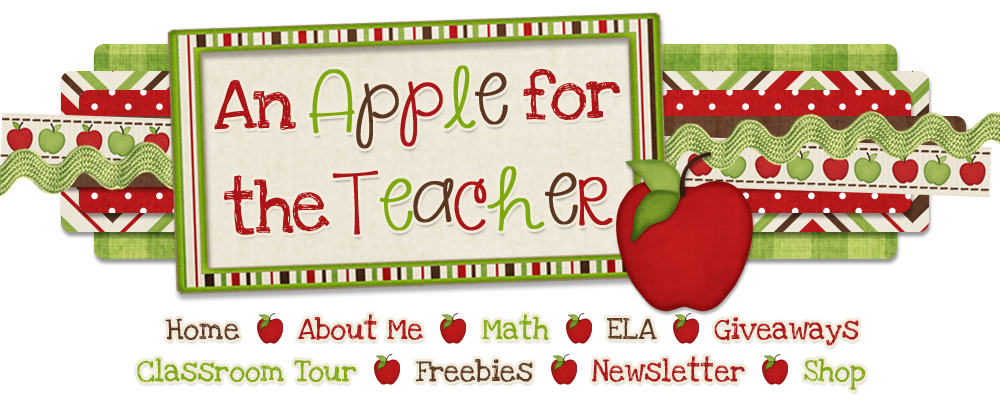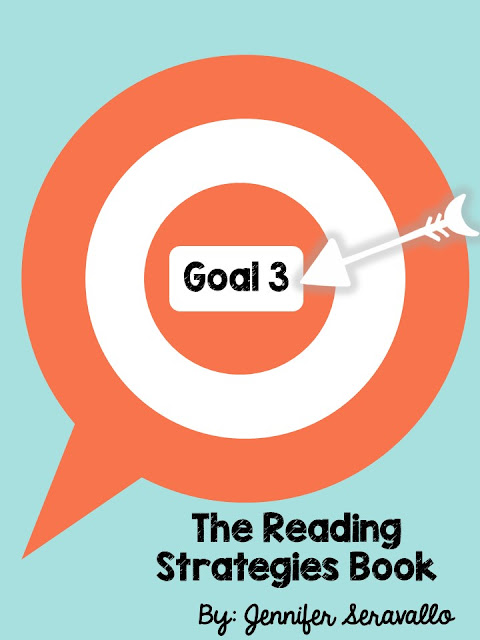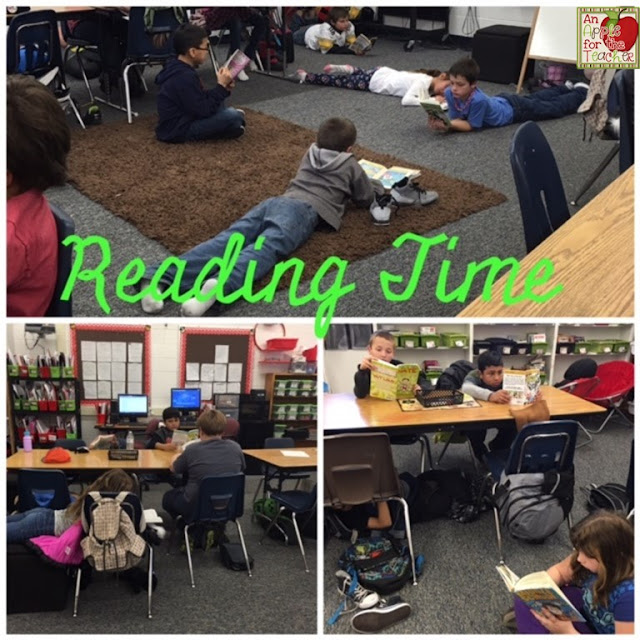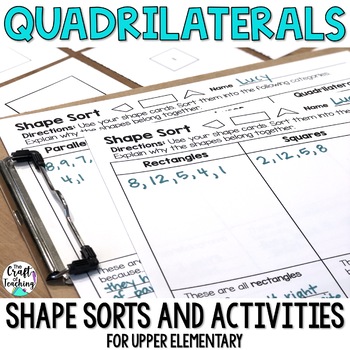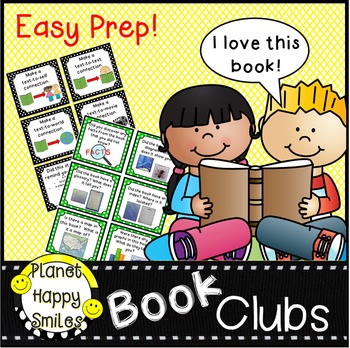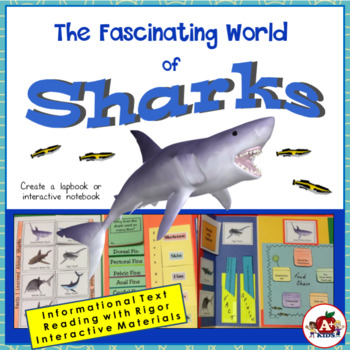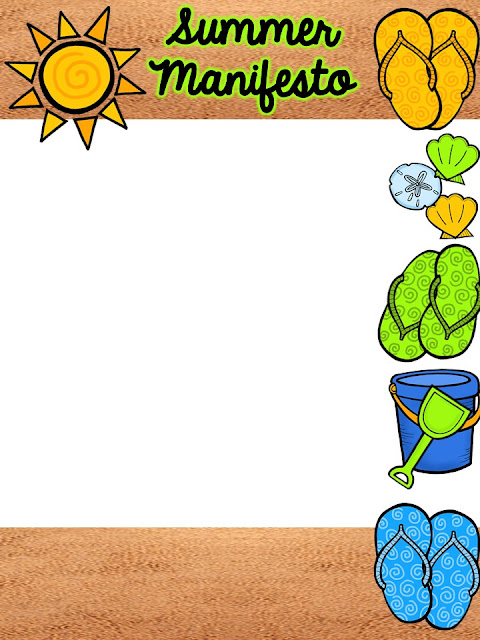Welcome to our book study of The Reading Strategies Book: Your Everything Guide to Developing Skilled Readers by Jennifer Serravallo! I am joining forces with some other fabulous teacher bloggers to discuss the reading strategies we come across in this AMAZING professional text! If you missed my first post about this book study, you can find it here, along with a suggested way to set up your book for easy reference.
You can also find my thoughts and ideas on other goals in this book below:
Goal 1: Supporting Pre-Emergent and Emergent Readers
Goal 2: Reading Engagement
This goal is all about increasing accuracy as students read. In order to construct accurate meaning from a text, students use three sources of information: meaning, syntax, and visual. Sometimes when children learn to read, they may not use all of these systems together, or they may over rely on one or two of them. This will affect their accuracy and ultimately their comprehension.
Meaning is what the reader thinks about as they read, and what makes sense based on the picture, and/or what's happening so far in the text.
Syntax is when readers use their prior knowlege of sentence structure, grammar, and parts of speech as they read.
Visual is when the reader looks at the letters in the word and uses what they know about how words work to read a word they see in print.
Serravallo says that the best way to know if a child needs to work on this goal is by using a running record. You can take a record of a child reading any text on a blank piece of paper or use a form like this one from Mindy at Kindergarten Kidlets.
If you aren't familiar with using running records, or you need a refresher, Scholastic has an easy to read guide to help you out. You can download it here.
Focus Strategy 1: Use A Word You Know
In this strategy, students use words they already know to help them read a word they're having trouble with. You have the student look at the word to find a part that looks like a word they already know.
In the Lesson Language section, she gives the example of reading the word "grown". She says that she "... might notice that the gr is the beginning of another word that I know how to read:green. And then I may notice that ow is just like in the word slow. And I know "n". /n/." She has the student put together the word using the parts.
I think this is a great strategy for your older readers as they come across those multi-syllabic words such as uncomfortable, important, and information.
In one of her prompts she offers, "Let me show you a word that will help." and suggests that your write a word with the same part on whiteboard and underline the similar part. Have the child read the word they know first, and then read the word in the text they are struggling with.
Focus Strategy 2: Be A Coach To Your Partner
Partner reading is a great cooperative learning strategy where students can work together to read a shared text. Although the technique is great, sometimes students need a little instruction in how to be a good partner. That is why I LOVE this strategy. I always have students who either play around or stare blankly at each other when they are asked to partner read. The problem is not them, the problem is that they need more direction.
In this strategy, you teach the students how to coach each other by asking themselves, "What would my teacher say to me to help me fix up my mistake?"
She gives several prompts to give the students including:
Tell your partner, "Check the first letter!"
Tell your partner. "Think about what makes sense."
When I use this lesson in the fall, I am going to provide my students with a bookmark they can use with the strategies listed on them. I will sit with the students the first few times to help coach them through the process.
Focus Strategy 3: Words Across A Line Break
I chose this strategy because in 4th grade, students are really beginning to read chapter books primarily and they often run across this predicament in their books and aren't quite sure what to do. Many students naturally figure it out, but I always have those few who come up to me during independent reading with perplexed looks on their faces.
In this strategy, Jennifer Serravallo suggests having them write the word out when they see a broken word.
If their text says:
If you would like to purchase the book mentioned above, you can find it here.
Other books by this author that I LOVE!
This post contains affiliate links. I earn a small commission each time someone makes a purchase using one of my links, which helps to support the blog. All opinions are my own and I only promote brands and products that I have used myself and truly love.
Carol from The Chocolate Teacher is officially hosting goal 3 over at her blog, so make sure you head over there to see which strategies she chose to share! While you are there, be sure to leave some comment love!
In this strategy, Jennifer Serravallo suggests having them write the word out when they see a broken word.
If their text says:
She started to feel more power-
ful.
The students would write out powerful (without the hyphen), and then read it. Then they go back and re-read the sentence.
Remember, we are only picking and choosing some of the strategies to share with you - there are so many more great ones in this section as well as the rest of the book!
If you would like to purchase the book mentioned above, you can find it here.
Other books by this author that I LOVE!
This post contains affiliate links. I earn a small commission each time someone makes a purchase using one of my links, which helps to support the blog. All opinions are my own and I only promote brands and products that I have used myself and truly love.
Carol from The Chocolate Teacher is officially hosting goal 3 over at her blog, so make sure you head over there to see which strategies she chose to share! While you are there, be sure to leave some comment love!
If you would like to link up your own blog posts about this book, feel free to do so in the linky below!
